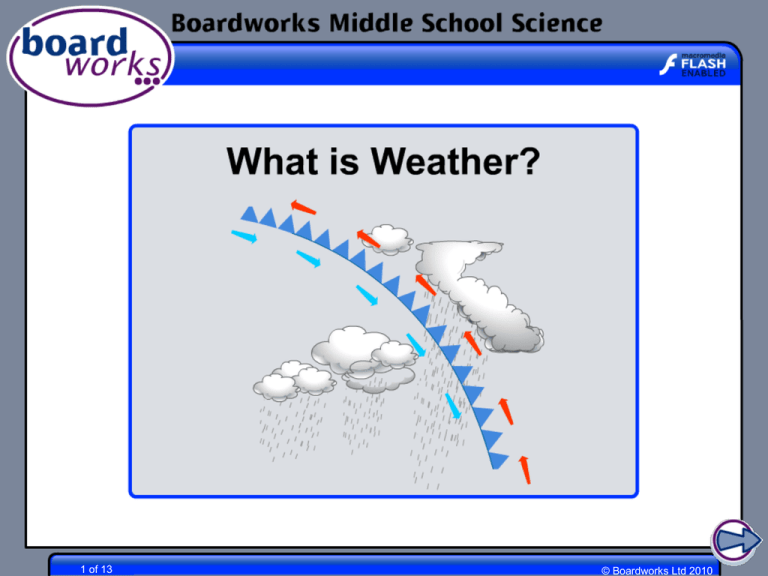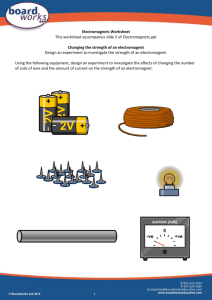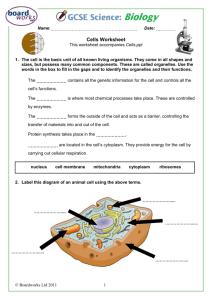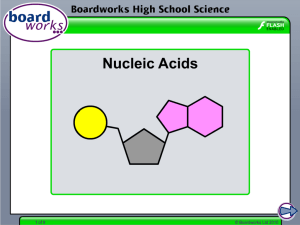What is Weather
advertisement

1 of 13 © Boardworks Ltd 2010 What is weather? Weather is the state of the atmosphere at any given place at any given time. Elements of weather include: Temperature Wind speed Precipitation Cloud cover Humidity Air pressure 2 of 13 Wind direction © Boardworks Ltd 2010 Why is the south warmer than the north? 3 of 13 © Boardworks Ltd 2010 Differential heating and air movement The uneven heating of the Earth’s surface by the Sun is called differential heating. Differential heating creates warm and cold air masses in the atmosphere. Warm air masses move differently than cold air masses. These movements are called convection currents. Convection currents in the atmosphere are responsible for changing weather patterns. 4 of 13 © Boardworks Ltd 2010 How do convection currents work? 5 of 13 © Boardworks Ltd 2010 High and low pressure 6 of 13 © Boardworks Ltd 2010 Under pressure? 7 of 13 © Boardworks Ltd 2010 What major air masses affect the U.S.? : Cool and damp, bringing cloudy weather. Continental tropical: Very hot and dry, forming over Mexico and the Southwest. 8 of 13 Continental Arctic: Very cold and dry. Continental polar: Cold and dry, forming further south than Arctic air masses. Maritime tropical: Warm and very humid, forming over the Gulf of Mexico. © Boardworks Ltd 2010 What happens when air masses meet? The junction between two different air masses is called a front. A front is associated with a change in the weather. Cold air follows a cold front. Cold air pushes under the warm air, producing strong winds and heavy rain. Warm air follows a warm front. Warm air rises over cold air, usually producing clouds and rain. Depressions (low pressure systems) form when a cold air mass meets a warm air mass. 9 of 13 © Boardworks Ltd 2010 Passage of a depression 10 of 13 © Boardworks Ltd 2010 Parts of a depression 11 of 13 © Boardworks Ltd 2010 Weather definitions 12 of 13 © Boardworks Ltd 2010 Summary quiz 13 of 13 © Boardworks Ltd 2010




